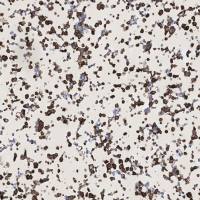Antibacterial Application of Engineered Bacteriophage Nanomedicines: Antibody-Targeted, Chloramphenicol Prodrug Loaded Bacteriophages for Inhibiting t
互联网
476
The increasing development of bacterial resistance to traditional antibiotics has reached alarming levels, thus there is an urgent need to develop new antimicrobial agents. To be effective, these new antimicrobials should possess novel modes of action and/or different cellular targets compared with existing antibiotics. Bacteriophages (phages) have been used for over a century as tools for the treatment of bacterial infections, for nearly half a century as tools in genetic research, for about two decades as tools for the discovery of specific target-binding proteins and peptides, and for almost a decade as tools for vaccine development. We describe a new application in the area of antibacterial nanomedicines where filamentous phages can be formulated as targeted drug-delivery vehicles of nanometric dimensions (phage nanomedicines) and used for therapeutic purposes. This protocol involves both genetic and chemical engineering of these phages. The genetic engineering of the phage coat, which results in the display of a target-specificity-conferring peptide or protein on the phage coat, can be used to design the drug-release mechanism and is not described herein. However, the methods used to chemically conjugate cytotoxic drugs at high density on the phage coat are described. Further, assays to measure the drug load on the surface of the phage and the potency of the system in the inhibition of growth of target cells as well as assessment of the therapeutic potential of the phages in a mouse disease model are discussed.








